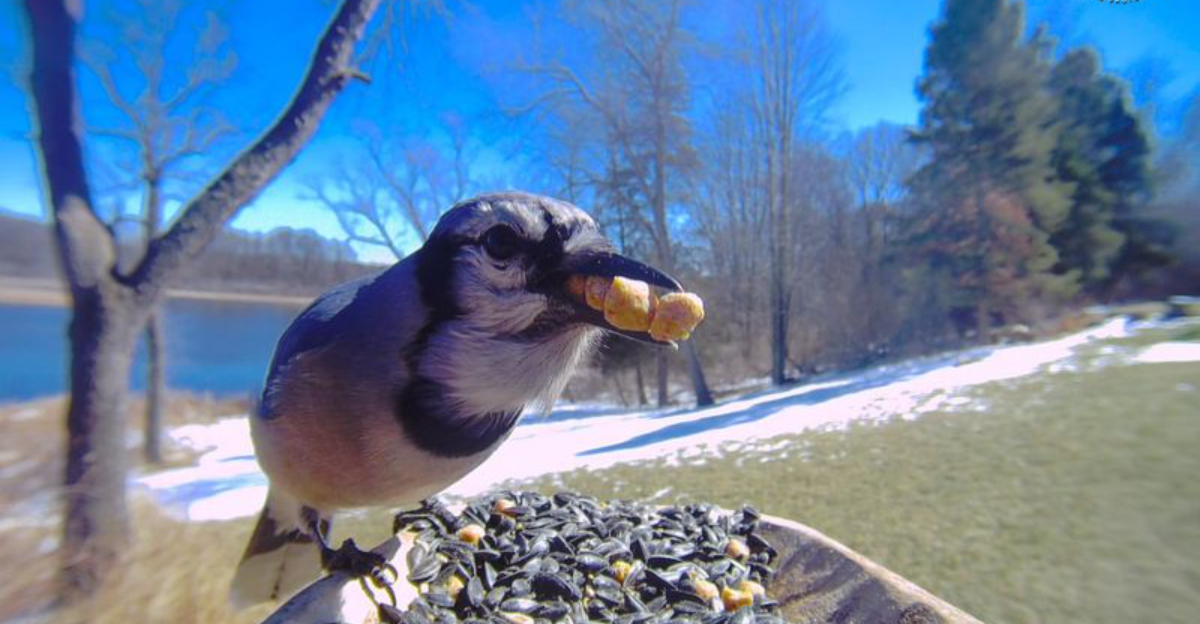Caring for wild birds is both a rewarding and essential undertaking, especially as urbanization continues to encroach on natural habitats.
By providing thoughtful support, you can ensure these beautiful creatures thrive in their environment. This guide will walk you through ten practical and engaging tips to help you care for wild birds effectively.
1. Provide Fresh Water
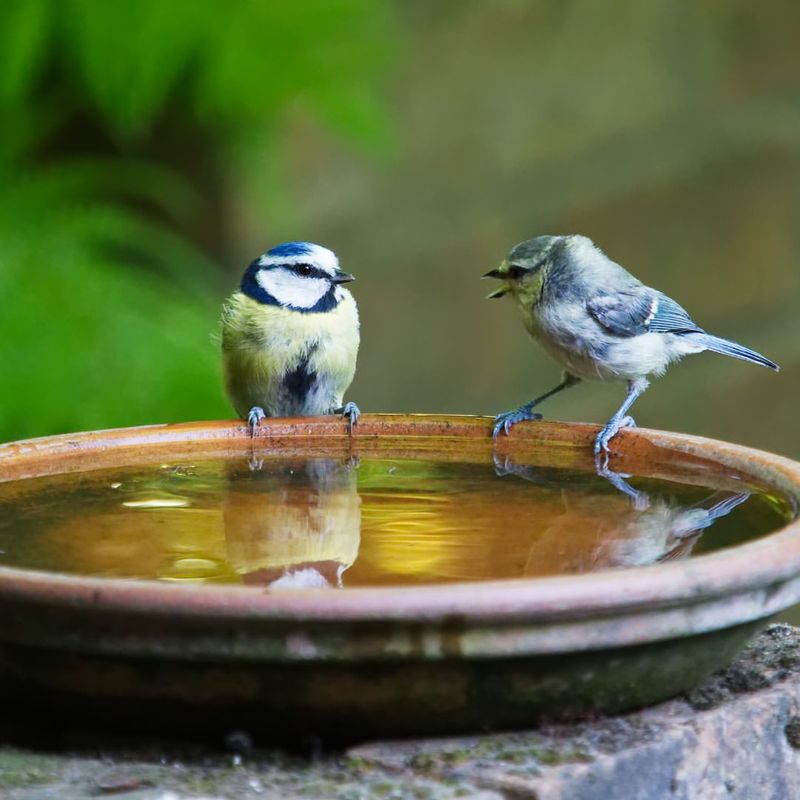
Water is a crucial resource for wild birds, serving not only as a drink but also for bathing, which helps maintain their plumage. To accommodate birds in your area, consider installing a bird bath in your garden. It should be shallow enough for small birds, ideally with a rough surface for better grip.
Change the water every few days to prevent stagnation and algae growth. Additionally, during colder months, preventing the water from freezing is vital. Using a bird bath heater can ensure a consistent water source even in winter.
Place the bird bath in a visible, yet safe location, where birds can see predators coming but still feel secure. This balance encourages frequent visits.
By maintaining a fresh water source, you contribute significantly to the well-being of local bird populations. Watching birds splash joyfully in the water can also be a relaxing and rewarding experience for you.
2. Offer Nutritious Food
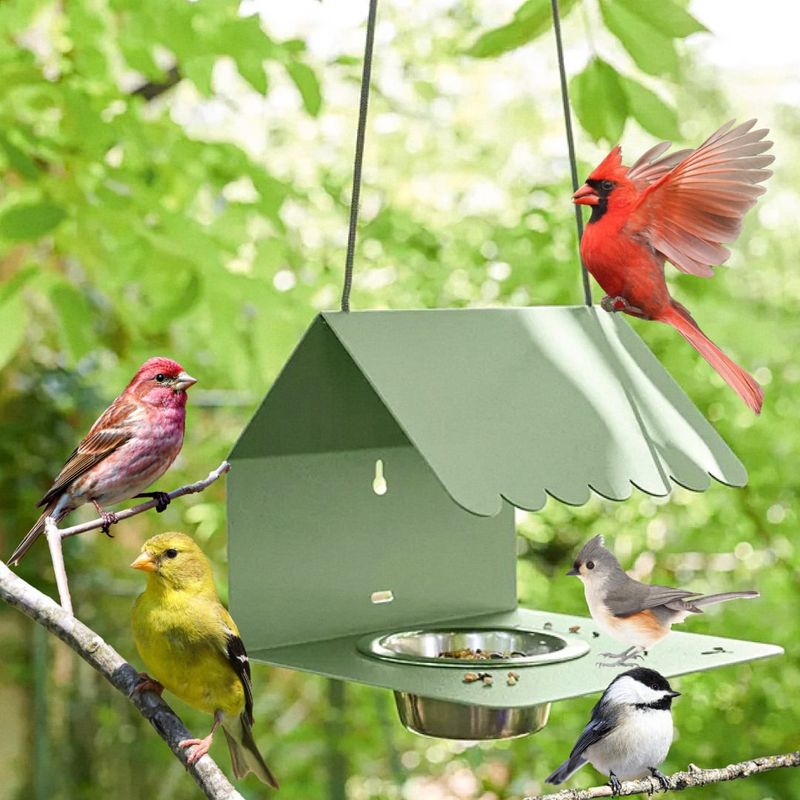
Providing food for wild birds is one of the easiest ways to support their health and attract them to your garden. Different bird species have varied dietary needs, so offering a range of foods like seeds, nuts, and fruits can cater to more birds.
Sunflower seeds are universally popular, while suet provides high-energy nutrition, especially in winter. Ensure that food is accessible by using feeders that suit different birds, such as platform feeders for larger birds and tube feeders for smaller ones.
Regularly clean the feeders to prevent diseases. Position them strategically, away from predators but near protective cover like shrubs.
Consistency is key; once you start feeding, try to continue throughout the year, especially during harsh seasons. This reliable source of nutrition will attract a wide variety of birds, enriching your local ecosystem.
3. Create Safe Habitats
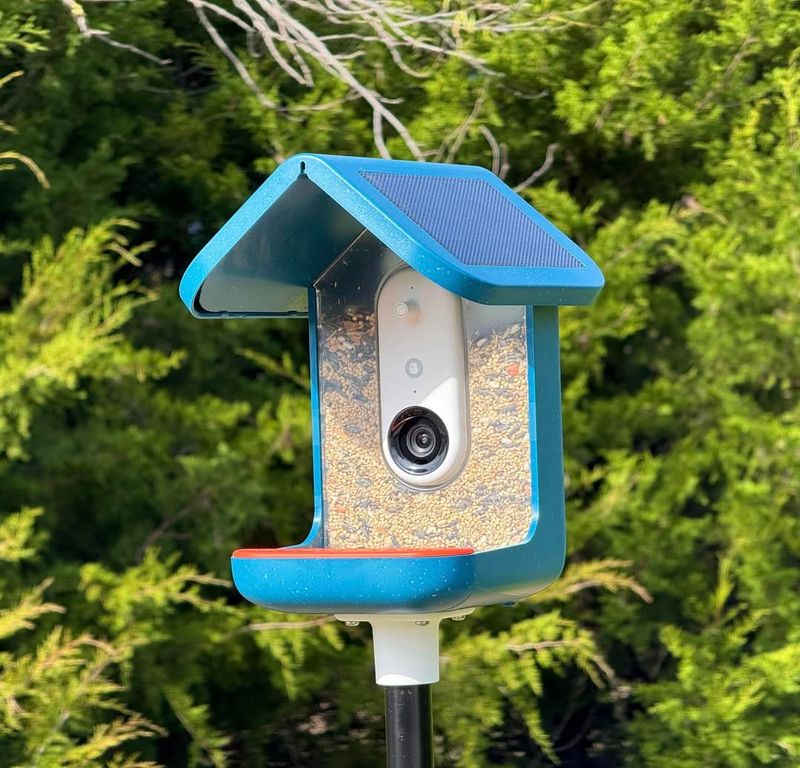
Creating a safe habitat for wild birds involves providing shelter and protection in your garden. Dense shrubs, trees, and tall grasses can offer excellent cover, shielding birds from predators and harsh weather.
Consider planting native vegetation, which is more likely to attract and support local bird species. Incorporating different layers of vegetation can serve various functions: tall trees for nesting, shrubs for roosting, and ground cover for foraging.
Avoid pesticides and chemicals that could harm birds or their food sources. Instead, embrace natural pest control methods to maintain a bird-friendly habitat.
Additionally, providing nesting boxes can enhance habitat safety, offering birds secure places to raise their young. By fostering a safe and welcoming environment, you encourage birds to make your garden a permanent home.
4. Ensure Predator Awareness
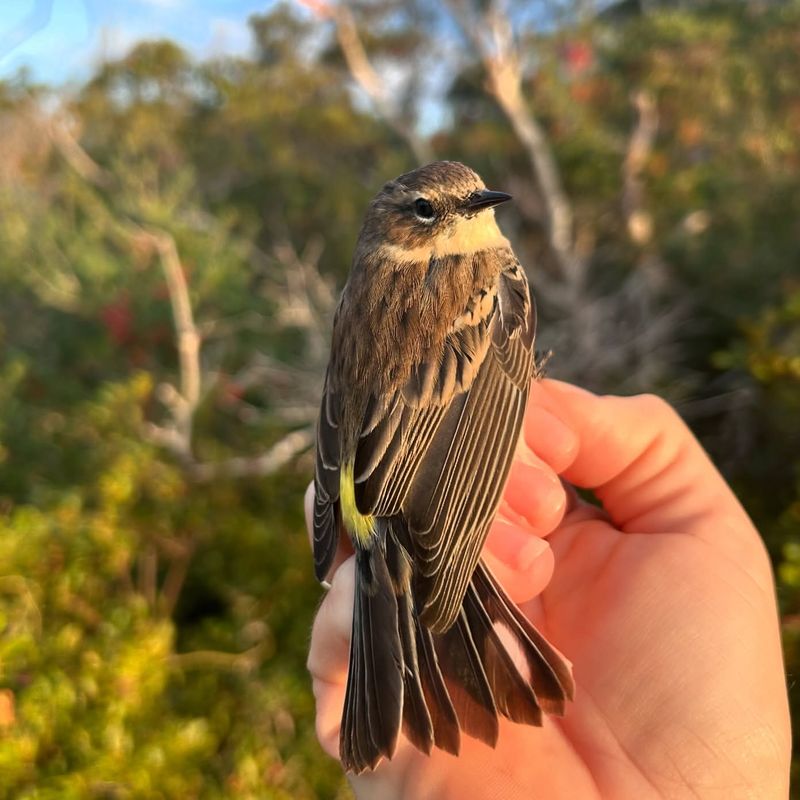
Predator awareness is crucial for protecting wild birds. Birds are naturally cautious creatures that rely on their environment to warn them of approaching danger. Strategically placed deterrents can prevent real predators from posing a threat.
For example, lifelike models of hawks or owls can discourage smaller predatory animals. Additionally, situating bird feeders and baths near natural cover provides escape routes. Birds need to feel they can quickly take shelter if surprised by a predator.
However, avoid placing feeders too close to thick cover where cats or other predators could easily ambush them.
Educating neighbors about keeping cats indoors or on leashes can also significantly reduce the threat to local birds. By being mindful of predator dynamics, you can create an environment where birds feel safe to visit and stay.
5. Seasonal Shelter Preparation
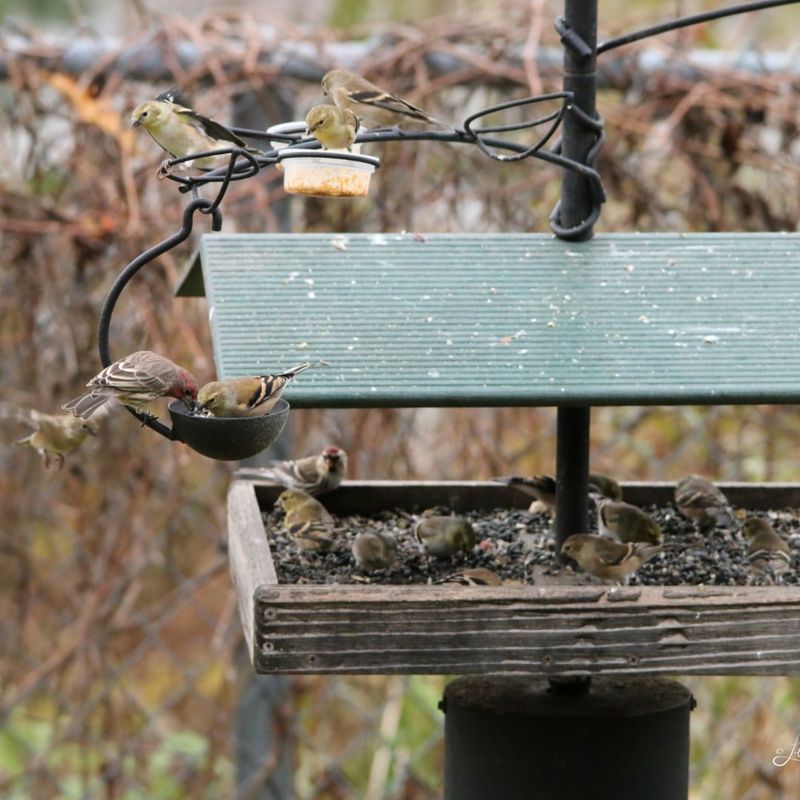
Seasonal preparation is key to ensuring wild birds have adequate shelter throughout the year. In winter, birds need warm, safe places to roost at night. Providing roosting boxes or insulated birdhouses can offer refuge from cold weather and predators.
In the spring and summer, nesting sites become a priority. Clean out birdhouses to make them ready for new occupants, removing any old nesting material that could harbor parasites. Ensure there is enough natural foliage to offer shade and protection from the summer sun.
By adjusting the shelter options in your garden according to the season, you provide crucial support that helps birds survive adverse weather conditions. This proactive care can make your garden a reliable haven for birds year-round.
6. Understand Local Bird Species
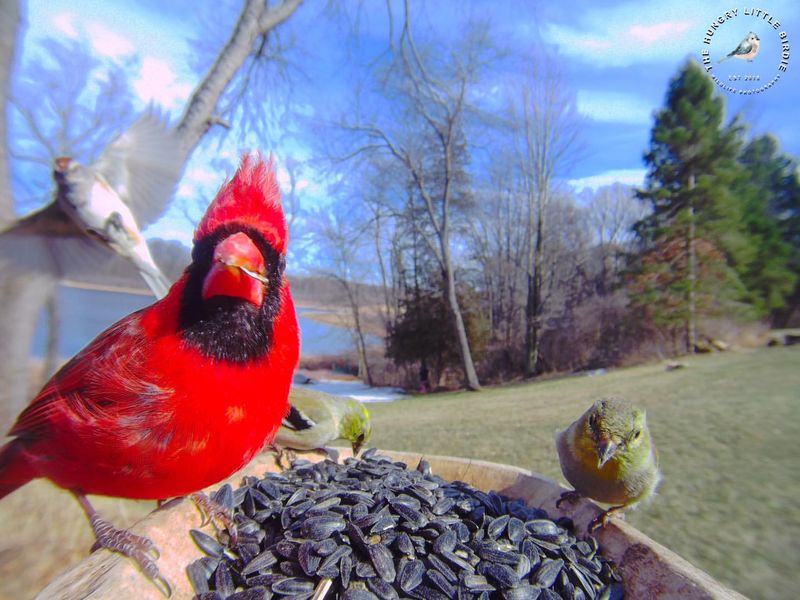
Understanding the local bird species in your area is fundamental to providing appropriate care. Different species have unique needs and behaviors. Trust me, there are countless birds you never knew existed!
Observing and identifying these birds can guide you in tailoring your garden or local environment to better suit them.
Using bird identification apps or guidebooks can enhance your knowledge. Pay attention to their feeding habits, nesting preferences, and migratory patterns. This information helps in selecting the right types of food and habitats to offer.
Engaging with local birdwatching groups can also be beneficial. Experienced birders can provide insights and tips specific to your region. By understanding and adapting to the needs of your local bird population, you foster a more supportive and enriching environment for them.
7. Provide Nesting Materials
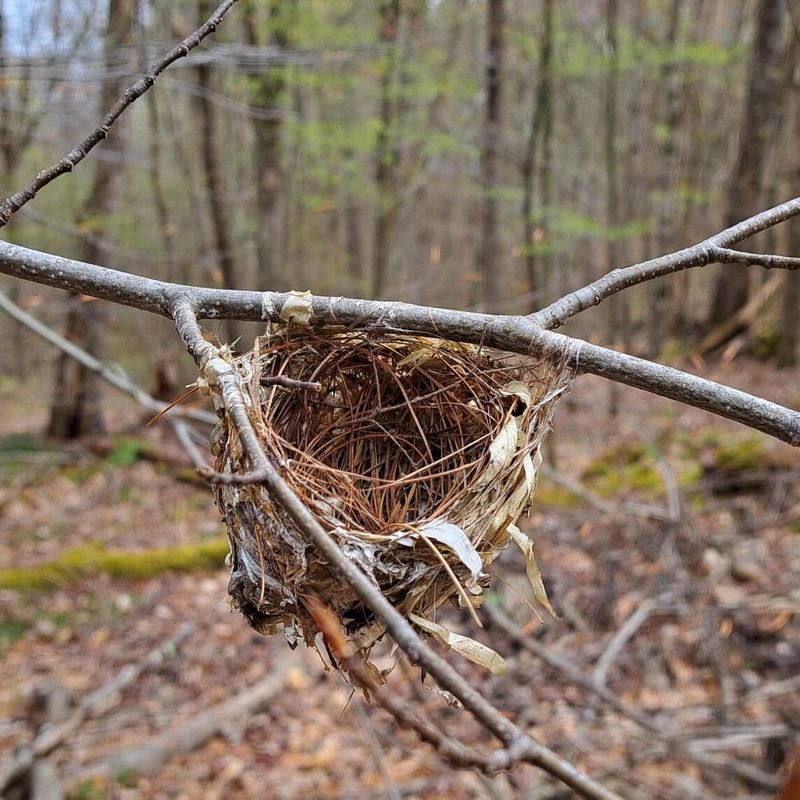
Providing nesting materials in your garden can greatly assist wild birds during breeding seasons. Offer materials such as twigs, leaves, feathers, and even human-made alternatives like cotton or wool. Birds can use these to build sturdy and comfortable nests.
Place these materials in visible locations around your garden, such as in small baskets or mesh bags hung from trees. This makes it easier for birds to find and collect what they need. Ensure the materials are free from pesticides and other chemicals that could harm the birds.
By facilitating the nesting process, you help increase the survival rate of chicks, contributing positively to the bird population in your area. Watching birds gather materials and build their nests is also a delightful experience.
8. Minimize Window Collisions
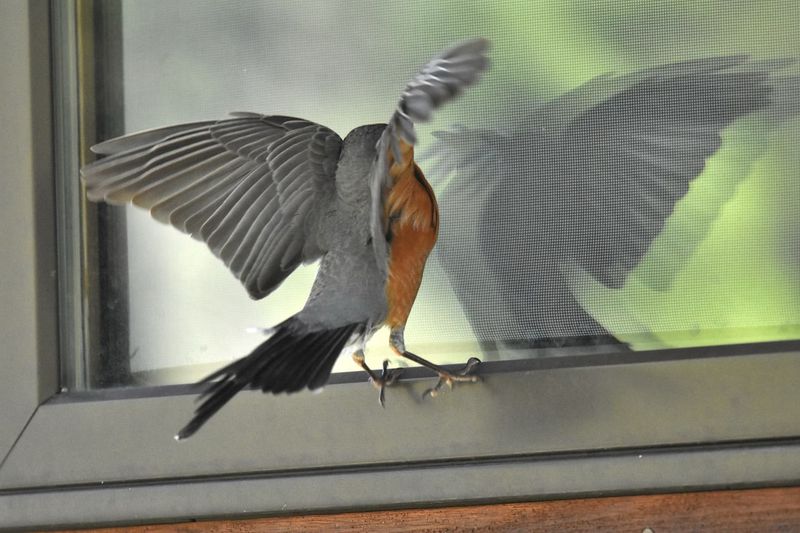
Window collisions are a significant hazard for wild birds, often resulting in serious injury or death. To minimize these risks, make windows more visible to birds.
Applying decals or stickers is a simple yet effective solution. These create patterns that birds can see, preventing them from flying into the glass. Alternatively, consider using external screens or netting, which not only deter collisions but also reduce reflections.
Position bird feeders and baths either very close or far from windows to avoid collision-prone zones. Educating family and friends about these precautions can further spread awareness. By modifying your windows, you provide a safer environment for birds, helping reduce unnecessary casualties.
9. Participate In Citizen Science
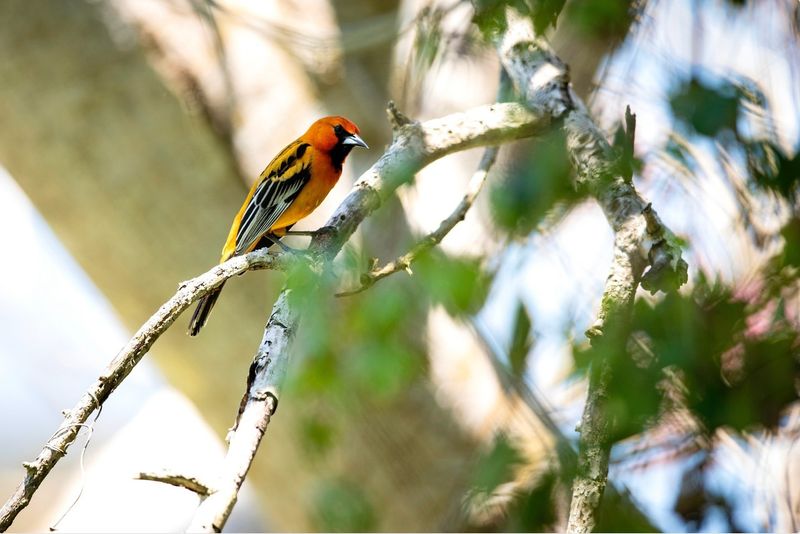
Engaging in citizen science projects is a wonderful way to contribute to bird conservation efforts. These projects often involve observing and recording bird sightings, which helps scientists track bird populations and migrations.
Participating in such activities is not only educational but also a chance to connect with nature. Apps and websites like eBird allow you to easily record your observations and contribute to global databases. Encourage family participation to make it a fun, educational outing.
Many projects also offer seasonal events or challenges that can be both fun and rewarding. Through active participation, you help advance scientific understanding and conservation efforts, making a tangible impact on bird protection. It’s a rewarding way to make a difference for wildlife.
10. Advocate For Bird-Friendly Policies
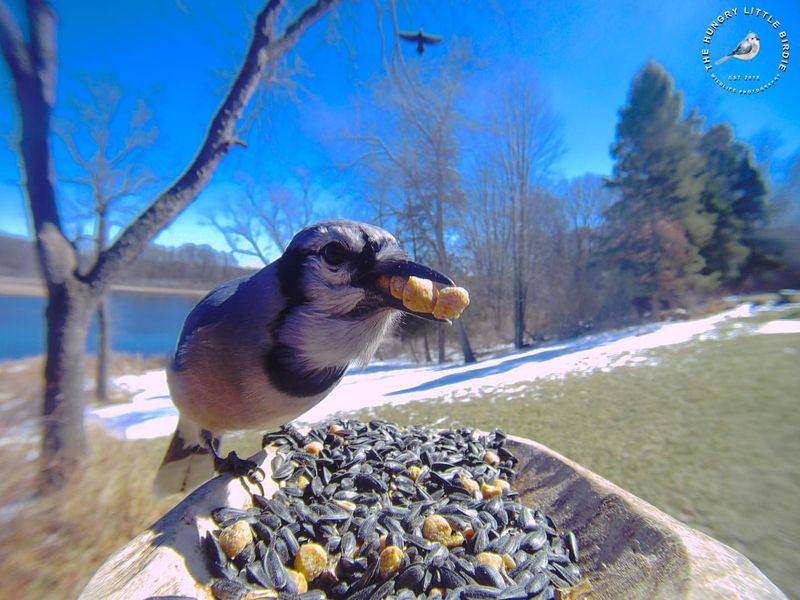
Advocating for bird-friendly policies at local and national levels can drive significant change in how wild birds are protected and supported. Engage with local conservation organizations to stay informed about current issues and initiatives.
Participate in campaigns that promote habitat preservation and anti-pollution measures. Reaching out to policymakers by writing letters or signing petitions can amplify the collective voice of bird enthusiasts. Community meetings offer platforms to discuss concerns and propose strategies for protecting local bird populations.
By advocating for these policies, you help foster environments where birds can thrive. Your involvement can inspire others to join the cause, creating a ripple effect that benefits wildlife and ecosystems at large.

